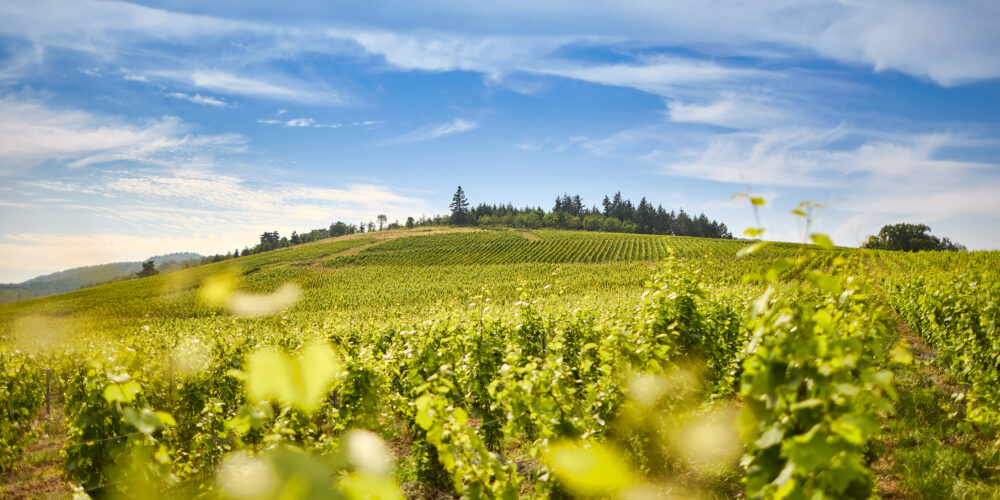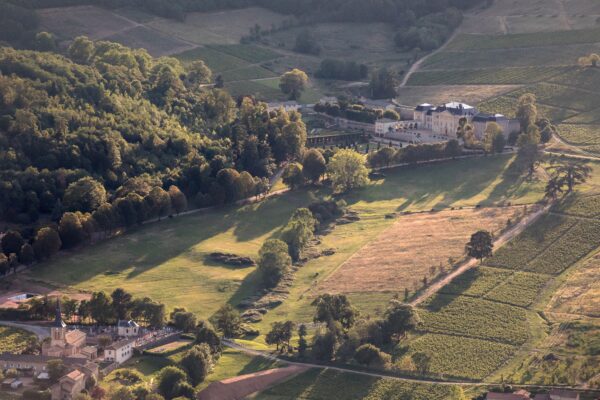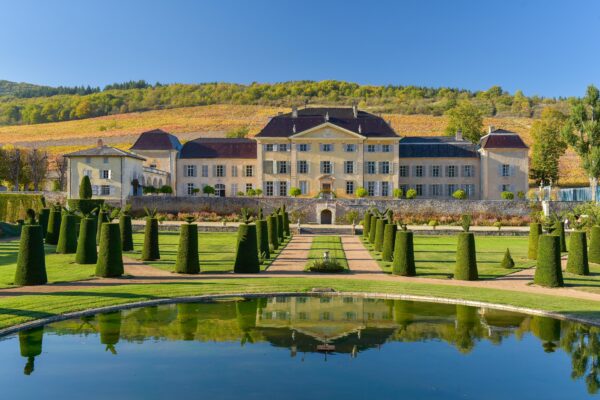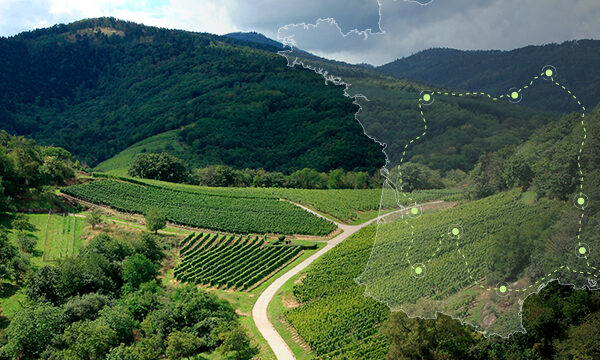An increasing number of wineries are embracing agroecology to ensure environmentally friendly production. In Beaujolais, Château de la Chaize has implemented numerous measures to guarantee the ecological production of its wines. Discover the various methods implemented by the estate.
What is Agroecology?
Agroecology is a concept that focuses on creating a harmonious balance between agriculture and the natural ecosystem. It is an approach that aims to produce food sustainably, taking into account the complex interactions between plants, animals, humans, and the environment.”
Controlled Mechanization: An Ecological Approach for Vineyards
Transition to Organic Agriculture and Soil Mechanization
The transition to organic agriculture presents challenges, particularly regarding soil mechanization due to the density of plantations. In order to facilitate this mechanization and enable mechanical weed removal, modifications to the cordon de royat pruning system were necessary. Additionally, Château de la Chaize replaced all of its equipment with electric machinery suitable for working in high-density vineyards.
Use of Autonomous Robots for Soil Work
The estate has opted for the use of autonomous robots for soil work. Before entering a plot, the robot must therefore know its route precisely, taking into account ditches, stakes, trees, and anything else that could obstruct its progress. Thus, it is essential to locate and map the ditches and paths, stake by stake. During the initial use, the robot is accompanied to check for any unforeseen obstacles in the mapping and adjust them as needed. Once it has traversed the vineyards once, it can be left in complete autonomy. Thanks to this method, work is carried out optimally, thus limiting electricity consumption and optimizing the agroecology of the estate.
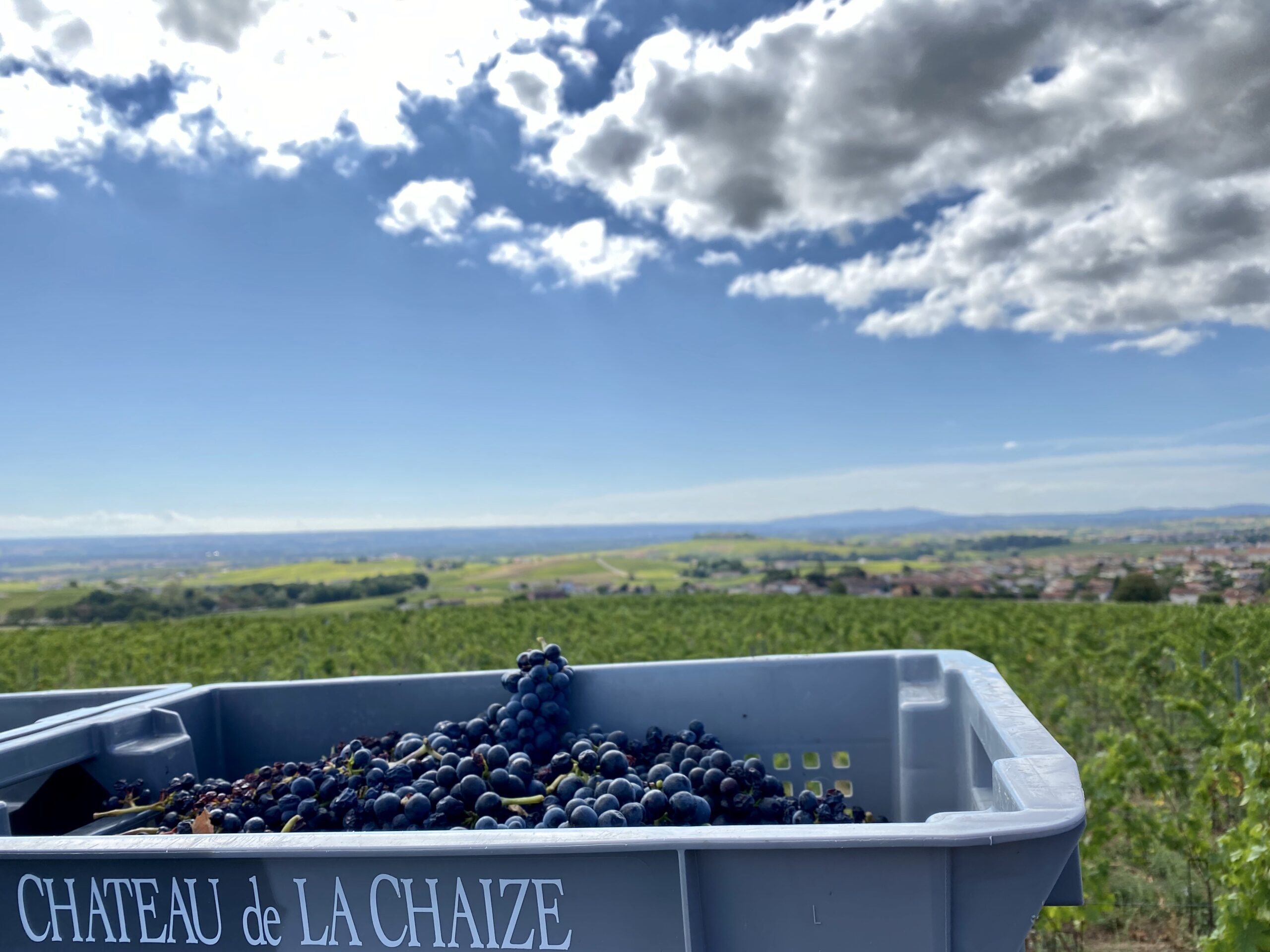
Sustainable Use of Terroirs: Château de la Chaize’s Ecological Solutions
Geothermal Energy: An Agroecological Energy Source
Geothermal energy plays a crucial role in the thermoregulation of buildings and tanks at Château de la Chaize, whether it’s for vinification or aging tanks. This closed-loop system utilizes a circuit of water. The water circulates through wells located at a depth of 150 meters to retrieve a constant temperature of 16 degrees Celsius. This water, maintained at a constant temperature, is then used to produce both heat and cold. Thanks to heat pumps, it’s possible to obtain hot water at a temperature of 55° to 60°C. Additionally, a refrigeration unit provides water at a temperature of 6°C, which is used to cool certain tanks during vinification and aging processes. This system allows for the management of energy use without relying on oil-fired boilers or other sources, thus reducing carbon emissions.
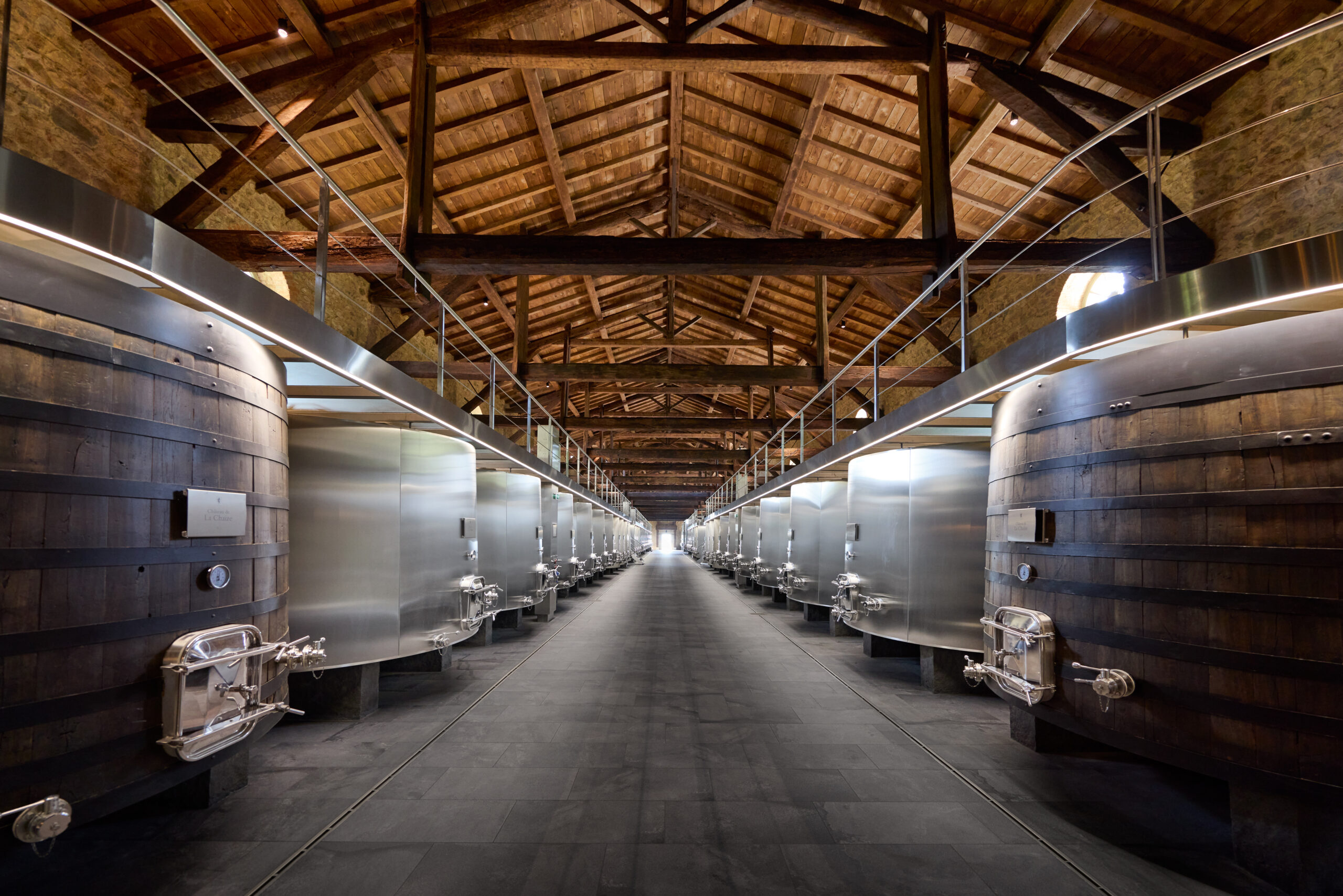
Eco-Grazing: A Natural Solution for Vineyard Maintenance
Introducing sheep into the vineyards offers several agroecological advantages. They play a significant role in weed management during the winter months. Unlike machinery, which tends to compact the soil, especially when saturated with water, sheep avoid this issue. They practice eco-grazing as they move between the vine rows. This ensures maintenance of the space between rows and throughout the vineyard. As a result, the soil quality resembles that of a golf course green. Additionally, the presence of sheep promotes some fertilization, although it’s difficult to measure precisely. However, it undoubtedly brings real benefits. Furthermore, the presence of sheep helps reintroduce animals into the vineyards, thus contributing to biodiversity.
Towards a Negative Carbon Footprint: Château de la Chaize’s Agroecological Commitment
Château de la Chaize has committed to calculating its carbon footprint. The initial calculations were conducted in 2018, before any work began, and the assessment for the year 2022 has just been finalized. This initiative aims to evaluate progress made and identify areas where further improvements are possible. The goal is to continually reduce greenhouse gas emissions. For the winemakers at Château de la Chaize, who are committed to agroecological practices, this is a crucial endeavor. They work across all production processes, striving to minimize their carbon footprint as much as possible. This approach aligns with their commitment to preserving the environment and promoting sustainable viticulture.
To delve deeper
You can find the full episode dedicated to Château de la Chaize on our podcast channel, “Le bruit de la vigne” (The Sound of the Vine).
To learn more
To learn more about Château de la Chaize, discover our dedicated article to this exceptional vineyard estate that skillfully blends tradition and innovation. Read the article.
